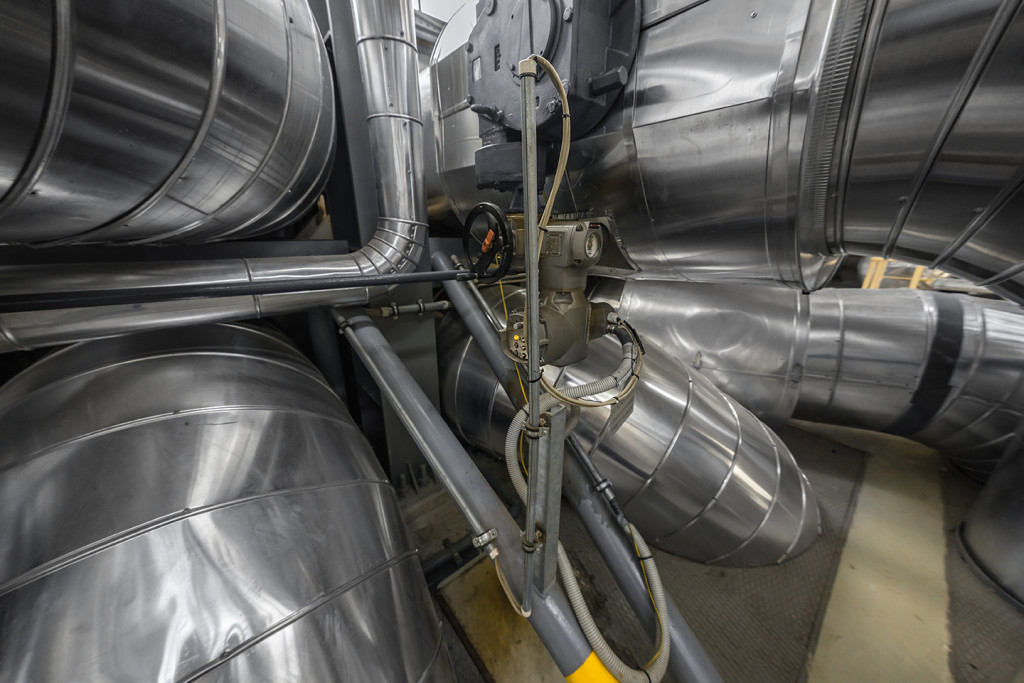Diathermic oil is a heat transfer fluid highly employed in temperature regulation systems, due to its high boiling temperature at atmospheric pressure conditions, between 400°C and 500°C, and to its low freezing point.
These properties give diathermic oil an excellent thermal stability, making it a perfect substitute of water and vapor in heat transfer systems and thermoregulation, for applications involving temperatures in a wide range, between -115°C and up to 400°C, mostly without pressurized equipments. I would like to suggest the products of Therminol by Eastman, in the selection of a diathermic oil, due to the excellent performances offered and also supplying other kinds of thermal transfer fluids allowing to manage wide temperature variations with very low viscosity variations.
The working life span of a good diathermic oil in a thermoregulating unit is usually about 3-4 years, provided that design, engineering and building of the plant are made taking care of a series of characteristics:
– Right equipments sizing
– Proper materials selection
– Correct filling and start-up process
– Planned maintenance and periodical service during plant working life
Depending on the kind of diathermic oil employed, specific physical-chemical and thermal properties must be carefully considered, in order to proceed to the right sizing of the plant according to its expected thermal duty. The choice of materials is then crucial, since they must be suitable for use with diathermic oil, not being damaged by it but also not damaging the oil itself.
A correct engineering and construction process is essential to guarantee a long working life of a diathermic oil, delaying the need for substitution. Ditahermic oil is indeed exposed to aging and degradation, due to contamination and oxidation, and also to cracking at excessive temperatures, loosing its heat carrier properties and lowering the overall efficiency of the plant. A correct filling process and start-up of the plant will also eliminate the presence of air inside pipes and equipments, avoiding the risk of cavitation effects.
In order to ensure full functionality of a diathermic oil thermoregulating unit, a planned maintenance is strongly suitable, with periodical intervention during the working life of the plant, aimed to control the diathermic oil conditions and evaluate or plan oil’s substitution.

